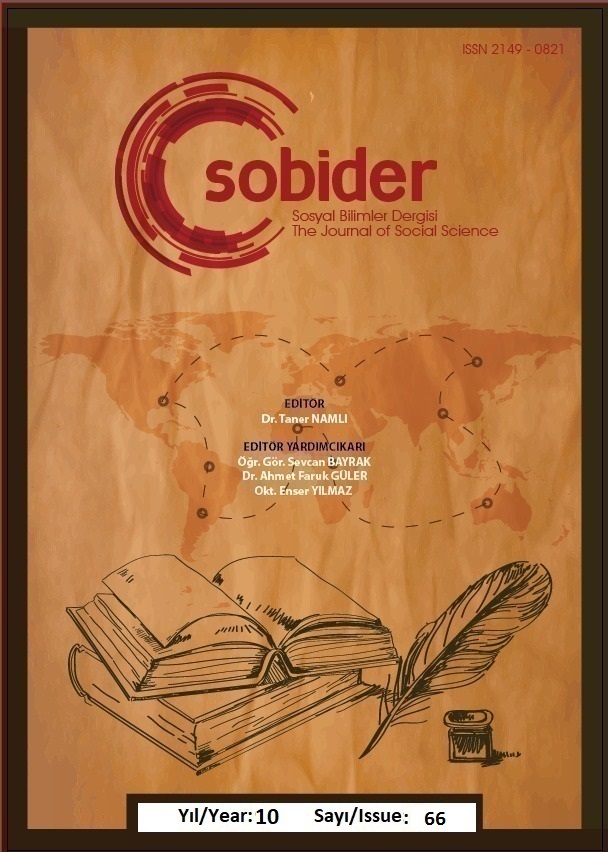Author :
Abstract
Bu çalışma, özellikle 15, 16 ve 17. Yüzyıllara ait, Osmanlı İmparatorluğu’nda müzik ve mimarinin ortak ontolojik ve kozmolojik altyapısını içeren metinleri ele alarak bu dönemin hâkim bakış açısını ortaya koymayı amaçlamaktadır. Araştırmada disiplinler arası bir hermeneutik yaklaşımı benimsemektedir. Osmanlı mimarisinin ontolojik ve kozmolojik arka planı esasen tasavvuf ontolojisine ve antik felsefeye dayanmaktadır. Osmanlı’nın müzikteki sistemci ekolü üzerinde ise Pisagorculuk önemli bir etkiye sahip olmuştur. Tüm bu bilgiler değerlendirildiğinde kozmik uyum (armoni), yaratılış aşamaları, yeryüzünün üzerinde yer alan sema katmanları, gezegenler, kutsal kabul edilen ve bunlarla ilişkili olduklarına inanılan sayılar, bu sisteme oturtulmuş bir müzik teorisi ve bu hiyerarşiye göre yorumlanan mimari örnekler karşımıza çıkmaktadır. Osmanlı kültürü disiplinlerarası hermenötik bir yaklaşımla incelendiğinde, antik kaynaklar üzerinden bir ontoloji ve kozmoloji anlayışının benimsenmiş olduğu ortaya çıkmaktadır.
Keywords
Abstract
This study discusses texts dealing with the common ontological and cosmological infrastructure of music and architecture, especially in the fifteenth, sixteenth, and seventeenth-century Ottoman Empire, to present the prevailing perspective of this period. This research adopts an interdisciplinary hermeneutic approach to architectural and musical texts. Ottoman architecture's ontological and cosmological background is based on Sufi ontology and ancient philosophy. Pythagoreanism, on the other hand, had an impact on the systematic school of Ottoman music. When all this information is evaluated, we encounter the cosmic harmony, stages of creation, celestial layers above the earth, planets, and numbers associated with them that are considered sacred, music theory is formulated, and architectural examples are interpreted according to this hierarchy. When Ottoman culture is examined with an interdisciplinary hermeneutic approach, it is revealed that a perception of ontology and cosmology from ancient sources has been adopted.





